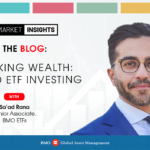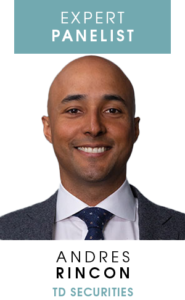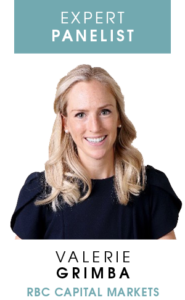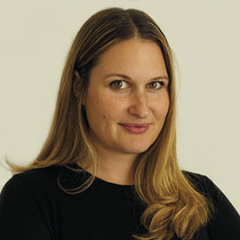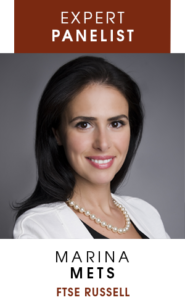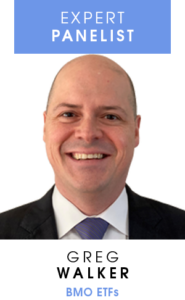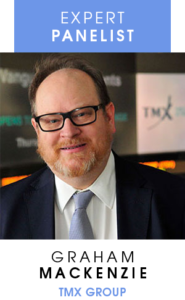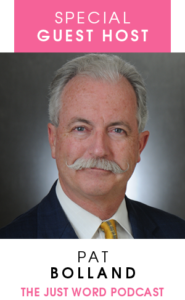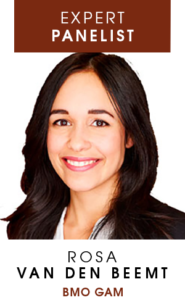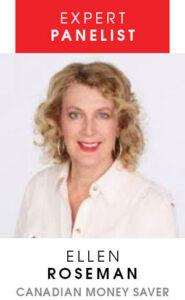
One of the most common questions we get from investors is, “If a certain ETF doesn’t trade often, or has low trading volume, will I be able to sell the ETF when I need to?” The quick answer is yes you can, and I’ll explain why.
This liquidity concern makes sense when we think about trading stocks. A stock which is thinly traded will be much less liquid than a large cap, blue chip stock. Therefore, the less liquid stock could be difficult to sell if there is not demand for it.
However, ETFs work differently than stocks in this way. The true liquidity of an ETF has three layers. These three layers are something we can’t easily see. In fact, most volume data available to investors online is only showing the tip of the liquidity iceberg.
1. Natural Liquidity: Buyer< > Seller
The first layer that most investors are familiar with is between the natural buyer and the natural seller, who get matched on the exchange. Think of this like going to Facebook Marketplace or Kijji to sell your car. These marketplaces will match a buyer with a seller. Both will agree on a predetermined price and the transaction is made. This layer of liquidity is mostly present among the largest and most liquid ETFs in the market (usually those with a billion or more in assets).
2. Market Makers: Buyer < > Market Maker < > Seller
The second layer of liquidity uses market makers. Market makers are dealers or brokers who hold an inventory of ETFs and will either buy ETFs or sell ETFs depending on supply and demand. A market maker is trade agnostic which means they are always willing to buy and sell; they make their money in trading volumes (earning commissions on each trade). This would be like going to a car dealership to buy or sell a car. The dealer acts as a market maker, who will buy your car and sell to someone else, and they usually earn a spread on this transaction. Market makers are often who you will “meet” on the other end of your ETF trades, and they play a huge part in a healthy and liquid ETF ecosystem!
3. Creations & Redemptions: ETF Provider > Buyer or Seller > ETF Provider
The third layer of liquidity is called the Creation and Redemption Process. ETFs have this ability because they are open-ended funds. The process occurs when there is an imbalance in supply or demand for a specific ETF. If demand is high, there will be more creations. This means the ETF provider (for example, BMO ETFs) will create more shares of an ETF to match demand. This is simply done by purchasing the stocks that the ETF holds, turning it into an ETF, and then passing it on to the buyer. If supply is high and demand is low, there will be more redemptions. This means that the seller will send their ETF back to the ETF provider, the provider will disassemble it and sell the underlying stocks in the market, sending cash back to the ETF seller. Think of this process like ordering a car directly from the auto manufacturer; they will go and buy all the parts for the vehicle, build it, and deliver you the car. A redemption would be the opposite where a car would be sold back to the auto plant and disassembled and sold off for parts (this is of course not how things are done in the auto world but a good example to visualize the process!). This last layer of liquidity is important to understand because it demonstrates that an ETF is as liquid as its underlying holdings of stocks or bonds.

Because of these three layers of liquidity, an ETF can sometimes be more liquid than its underlying holdings. We typically see this in less liquid asset classes such as preferred shares and fixed income, where the ETF will be easier to trade than the underlying holdings. Therefore, the increased liquidity is just another of the many benefits of using ETFs in your portfolio!

To learn more on this topic, check out our ETF Market Insights Episode on ETF Liquidity and Market Makers. Click here to watch now.
Disclaimer:
Commissions, trailing commissions, management fees and expenses all may be associated with mutual fund investments. Please read the fund facts or simplified prospectus of the relevant mutual fund before Investing. Mutual funds are not guaranteed, their values change frequently and past performance may not be repeated.
In case of BMO Money Market Fund note that mutual fund securities are not covered by the Canada Deposit Insurance Corporation or by any other government deposit insurer. There can be no assurances that the Fund will be able to maintain its net asset value per security at a constant amount or that the full amount of your investment in the fund will be returned to you. Mutual funds are not guaranteed, their values change frequently and past performance may not be repeated. Distributions are not guaranteed and are subject to change and/or elimination. For a summary of the risks of an investment in BMO Mutual Funds, please see the specific risks set out in the prospectus.
BMO Mutual Funds are managed by BMO Investments Inc., which is an investment fund manager and a separate legal entity from Bank of Montreal. ®/™Registered trademarks/trademark of Bank of Montreal, used under licence.
The views and opinions in this communication do not necessarily state or reflect those of BMO Global Asset Management. This communication is for information purposes. The information contained herein is not, and should not be construed as, investment, tax or legal advice to any party. Particular investments and/or trading strategies should be evaluated relative to the individual’s investment objectives and professional advice should be obtained with respect to any circumstance The viewpoints expressed by the Portfolio Manager represents their assessment of the markets at the time of publication.
Those views are subject to change without notice at any time. The information provided herein does not constitute a solicitation of an offer to buy, or an offer to sell securities nor should the information be relied upon as investment advice. Past performance is no guarantee of future results. This communication is intended for informational purposes only.



